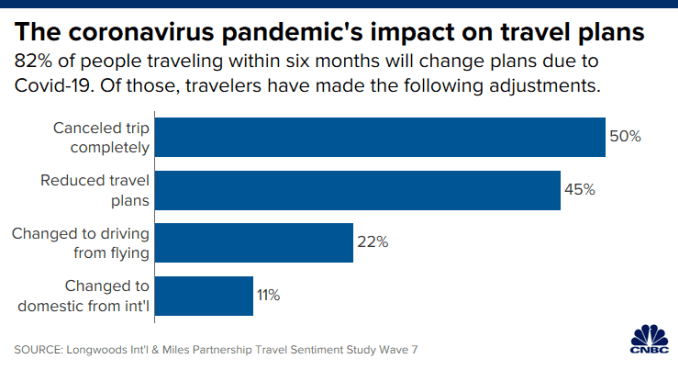 Seasonal Offers - Are they worth promoting for??
Seasonal Offers - Are they worth promoting for??- Let’s take a look at statistics:
- In 2016, U.S. and UK online retailers alike saw their traffic explode on Black Friday, with 220% more sessions than a normal day. With significant discounts, Black Friday sales totaled $3.34 billion spent online (a 21.6% increase year over year)
- Cyber Monday sales in 2016 also smashed records, bringing in $3.25 billion and a 155% traffic boom to become the biggest day in the history of U.S. ecommerce
- Shopify merchants saw 3+% more orders than usual over BFCM weekend in 2016, and at its peak, the Shopify platform processed a whopping $555,716 in transactions in a single minute
- Additionally, research shows that more than 50% of holiday shoppers start researching gift ideas in October or earlier, so it’s important to plan ahead and start your holiday campaigns early
Promote the ‘Special Offers’ Online:
SEASONAL DEALS KNOW_HOW
Every season has something different to offer for a traveler – So. we definitely need to take advantage of these opportunities
Spring, summer, winter and fall are more than just seasons, they're opportunities for businesses to thrive.
With each season comes unique holidays, events and activities, which cause OTA’s to behave differently.
Good business knows that customers respond best to brands that reach out to them in a meaningful way. The trick comes in figuring out the winning combination of content, timing, and method of delivery that makes the engagement mean something. One of the most important factors in that equation is seasonality, or “the tendency of consumer expenditure on a good or services to vary in some pattern over the course of a year” (Ideas in Marketing, Kubacki 2013)
WHY PROMOTE SEASONAL DEALS??
The significance of these seasonal promotions is to attract attention to the business at an opportune time and increase revenue in an otherwise quiet period. In some cases, these seasons are critical to revenue because they represent a time when a substantial amount of sales takes place. Additionally, increasing interest at unique times of the year offers you various chances of converting one-time customers into loyal patrons. You can provide an experience that is memorable to consumers, boosting your brand and delivering quality results.
Long term Vs. Short term seasonal offers
Long term, as the name suggests is created for special promotions, offers & deals around an ongoing/ long-lasting seasonal event. Short term is best for one-off &/or fast-ending events that happen during a season.
Long term offer is all about building relationships & using subtle low risk campaigns to do so but a short-term marketing can afford to be more heavy handed and in customer’s face, as they have less time to engage people before losing novelty or relevance.
As the Seasons Turn, Turn, Turn: Seasonal Sales Strategies for Online Stores
Promote Your ‘Special Offers’ Online - A strategic approach can be to build out a calendar of observances that are relevant to your industry in advance. Regardless of what works best for you, adjusting your strategy accordingly is an important step in fostering long-term relationships with your loyal customer base.
Are you geared up for the seasonal treat??






